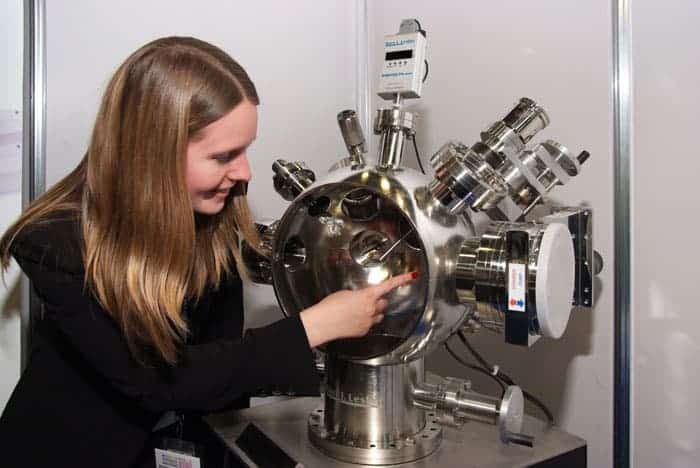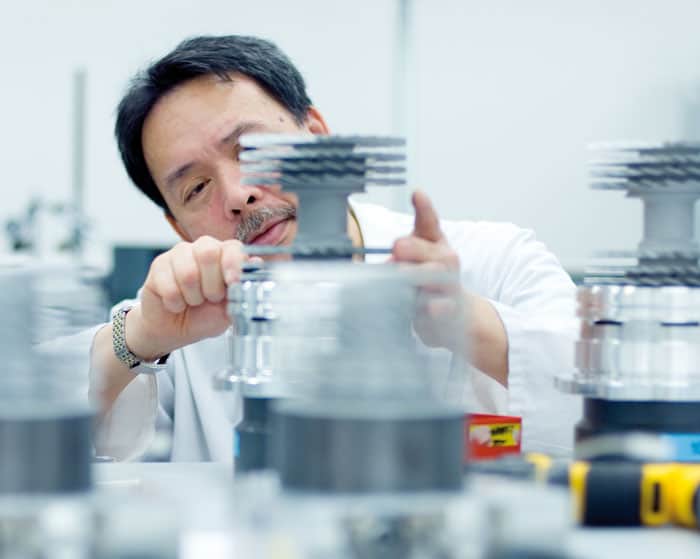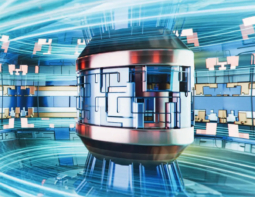Vacuum environments aid nano exploration
Bespoke vacuum sample environments at synchrotron X-ray facilities reveal nanoscale kinetics, chemical transformations and other processes relevant to materials synthesis
 Read article: Vacuum environments aid nano exploration
Read article: Vacuum environments aid nano exploration







